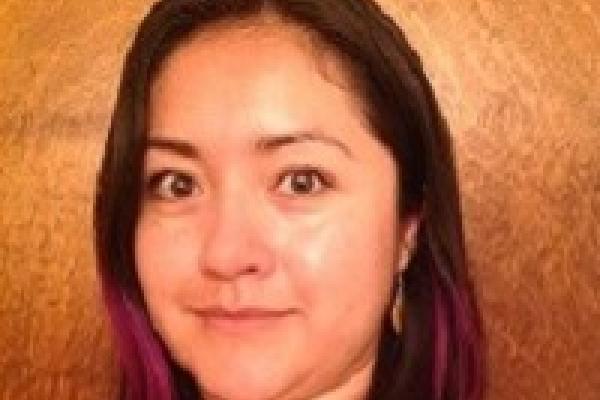
November 14, 2019
All Day
209 W Eighteenth Ave (EA), Room 170
Title
A Statistical Method to Estimate the Fundamental Niche of a Species from Occurrence and Physiological Data
Speaker
Laura Jimenez, Department of Ecology & Evolutionary Biology, The University of Kansas
Abstract
The fundamental niche of a species is defined as the set of environmental combinations that lead to a positive growth rate for a population of the species under study; leading, at the same time, to the survival of the species. Estimating the fundamental niche of a species is assumed to require physiological experiments, which are seldom performed in more than one dimension. However, the kind of data that are widely available is occurrence points, a subset of the fundamental niche. This work focuses on finding an approximation to the fundamental niche from occurrences and partial physiological data, which is done by: (i) postulating a simple shape for the fundamental niche, (ii) using prior information from physiological experiments, and (iii) considering how the actual observables are conditioned on the set of existing environmental conditions. A probabilistic (i.e. Bayesian) statement of the problem and the posterior distribution for estimating the parameters of fundamental niches are provided, and the model is tested using simulations from virtual species for which the resulting estimates were compared to its theoretical fundamental niche. The analysis of data from virtual species helped describing conditions that may allow obtaining better estimates for the fundamental niche in real cases. Finally, the application of the method is illustrated with data from real species.
Note: Seminars are free and open to the public. Reception to follow.
